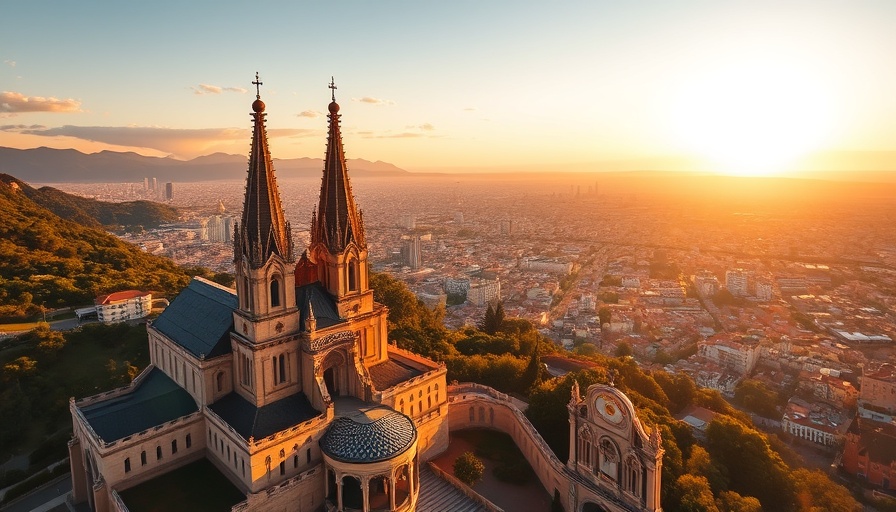
Understanding the Protests in Mexico City
Recent protests in Mexico City have ignited a heated debate around tourism and rising costs of living. Locals have voiced concerns over how an influx of tourists, especially from the United States, has significantly increased rents and changed the cultural landscape of their neighborhoods. Demonstrators have gone as far as damaging storefronts and demanding that foreigners respect local customs and language.
Historical Context: The Rise of Tourism in Mexico City
Tourism has long been a vital sector for Mexico, especially in urban centers like Mexico City. Over the years, its vibrant culture and historical significance have drawn visitors worldwide. However, the recent surge in tourists has led to an uncomfortable tension. Locals feel that their neighborhoods are being transformed into commercial spaces rather than maintaining their distinct cultural identities. Despite the economic benefits tourism brings, the growing resentment reflects a broader struggle between local needs versus foreign interests.
Social Dynamics: A Shared Space?
For many older residents, the changes brought by tourism feel like a challenge to their way of life. As rents skyrocket and traditional businesses close, there's a legitimate question of how much space visitors should occupy in the local culture. When residents hold signs demanding tourists to "learn Spanish" and "respect my culture," it signals a desire for mutual respect and an understanding of the social fabric woven into their community.
Parallel Examples: Lessons from Other Tourist Hotspots
Similar conflicts between locals and tourists can be observed in cities like Venice and Barcelona. In these places, rising living costs and cultural shifts sparked backlash against tourism. By examining these examples, we see a pattern of communities advocating for preservation of local identities against the backdrop of increasing globalization.
Future Predictions: Can a Balance Be Achieved?
The protests in Mexico City may herald a turning point. As voices for preserving local culture grow louder, it opens the door for broader discussions on sustainable tourism. Stakeholders—including city officials, residents, and tourist organizations—must work collaboratively to develop policies that benefit both locals and visitors. Programs that promote cultural education for travelers or initiatives that prioritize housing for residents could help ease tensions.
Cultural Sensitivity: What Travelers Should Know
For Louisiana residents considering a visit to Mexico City, understanding local customs and showing respect for the culture is paramount. Engaging with the community, trying to learn a few phrases in Spanish, and patronizing local businesses can go a long way in bridging the gap between tourists and residents.
The Emotional Side of Change: How Residents Feel
Local sentiments surrounding tourism are often layered with nostalgia. Older residents see their neighborhoods as evolving into unfamiliar territories. Anecdotes from those affected reveal stories of loss—be it of traditions, familiar shops, or community connections. Listening to these stories reminds us all of the importance of empathy in the travel experience.
As you plan your next adventure, take the time to understand the dynamics and culture of your destination. A visit is not just about sightseeing; it’s about engaging with the places and people you encounter.
Take Action: Embrace Local Cultures When Traveling
As travelers, it is our responsibility to be thoughtful in how we engage with local communities. Before heading out to Mexico City, look for tours led by locals, dine at family-owned restaurants, and participate in cultural workshops. By embracing these practices, you contribute positively to the places you visit, ensuring tourism can thrive without overshadowing local voices.
 Add Row
Add Row  Add
Add 



Write A Comment